
Corporations are in many ways like a human body.
Each element of a business needs to work independently yet stay in line with the directions given by corporate. Every branch has an important responsibility, and together, the individual parts and their respective tasks merge to form a whole enterprise.
As a result, the overall wellbeing of a corporation depends largely on the health of its many parts. When one division of an enterprise becomes ‘sick’, it can weaken an entire organization, leaving it more vulnerable to risk.
Therefore, in order for fitness enterprises to continue their growth, they should take a hard look at the internal health of their organizations. Corporate needs to ensure all tenets of their business are thriving in order to ensure they can deliver on global expansion strategies.
There are four essential aspects needed for a productive and effective global fitness franchise. These include:
- Happy Consumers
- Happy Single-site franchisees
- Happy Master Franchisees
- Happy Corporate
The success of a fitness brand and how well that brand tends to the wellbeing of these four elements are dependently tied together.
Aligning these four pillars of a fitness enterprise can pull together an entire organization to perform their very best with one clear objective in mind. Investing time and resources into these four pillars not only motivates a corporation, but it also delivers clear directions that are easier to follow.
However, fitness corporations do not have the tools at hand to ‘look under the hood’ of their business so conveniently.
To provide instant connectivity, data and corporate control over facility operations, fitness enterprises will need to rely on using a modern club management software throughout their entire organizations to simplify processes and gain insight into their global business performance.
Creating Happy Consumers
At the center of any great enterprise fitness club is the customer. Tracking and delivering on the needs of consumers is an important facet for gaining success on a global scale.
But what are these consumer needs?
According to the Les Mills Global Fitness 2019 fitness consumer guide, the majority of gym-goers are Millenials and Gen Zs with over half of new gym members registered as under 30.
Gen Z’s and Millennials are both searching for fitness experiences that can deliver social interactions.
80% of Gen Z and Millennials take part in both gym-type activities and exercise classes, demonstrating their desire to discover new fitness experiences. Speaking of which, 89% of people engaging in online or app-based workouts are either Gen Z or Millennials.
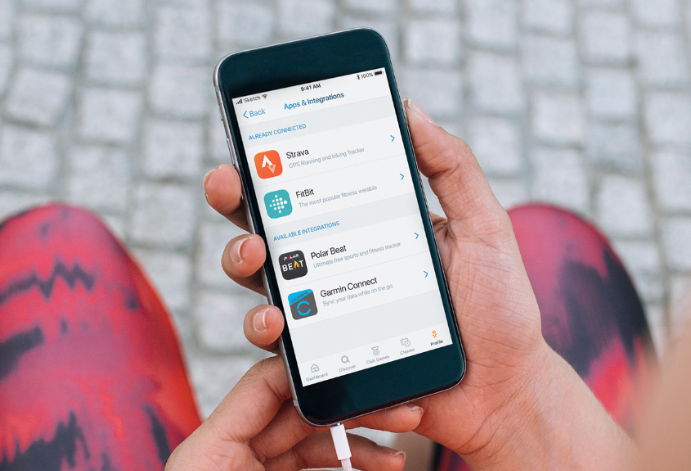
Overall, the major fitness demographic of today is looking for diverse experiences that resonate highly with convenience. As a result, Millennials and Gen Zs are becoming increasingly entangled with many mobile digital fitness solutions (Pelaton, My Fitness Pal, VR, biometric monitors etc) that are disrupting the fitness market.
To compete, enterprises need to enhance the happiness of their customers by providing convenience, control and unique fitness experiences as well as engage them on the social media platforms.
Keeping these members updated via their preferred contact method will help facilitate their participation and ensure your club remains a regular touch-point in their busy digitally saturated lives.
Social Media Engagement
Member churn has always been a perplexing sore point for many facilities. It happens for many reasons, but usually, it comes about as a result of low motivation to visit a gym.
Meaningfully engaging gym members to form a community needs to take place where gym members are found most often: on social media.
The hike of fitness influencers and the communities they have created on Instagram, Facebook and Twitter have elevated fitness as a trendy commodity. Interest in fitness is apparent; however, getting members to listen on social media is another story.
Creating strong community ethos on Instagram requires perseverance, dedication and the ability to play by the social media algorithm rules. To genuinely heighten customer happiness and brand perception via social media, corporate needs to:
- Have a clear audience in mind when posting content
- Create content which genuinely helps that audience
- Ensure all posts are similar in terms of the visual style for brand recognizability
- Increase brand searchability with location tagging and popular fitness hashtags
- Collaborate with top fitness influencers
When big fitness names engage with their members on social media they are opening a dialogue path between company and consumer. Social media is invaluable for enterprise gyms as it can act as a public gauge of how interested or happy people are with a fitness brand overall.
Heighten Customer Convenience with Self-Serve Automation
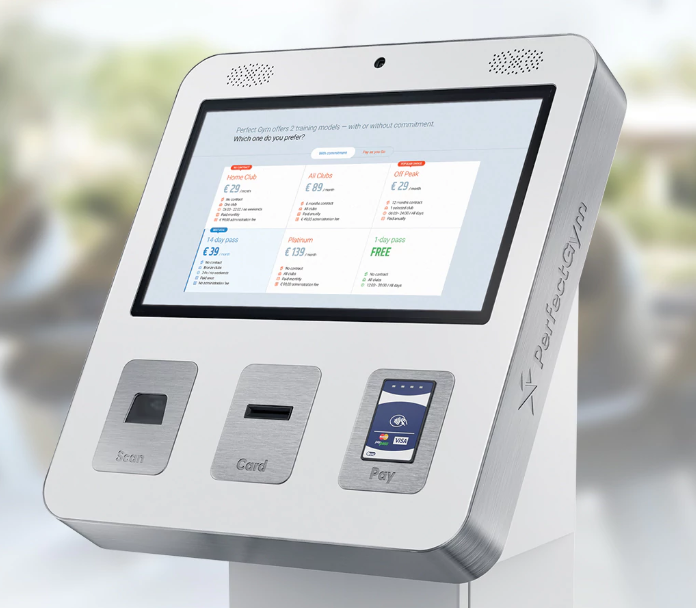
From a consumer perspective, brands that use automate their services are adding more convenience and transparency to their fitness experience.
More and more consumers want to engage with brands they trust, with 50% admitting they would rather solve a brand problem by themselves.
By allowing fitness members the option of managing their own membership admin, an enterprise can demonstrate to their members that they view them as equals.
One impactful way fitness enterprises can achieve this is by setting up a self-serve portal for online membership sign-ups and contract cancellations.
Adding such service shows a brand is placing more trust and control in the hands of its customers to access all aspects of their service. Fitness consumers want to be provided with personalized and quantifiable fitness performance data, which is precisely why these biometric devices are so interesting. With them, members no longer need to consult with a personal trainer to improve their fitness.
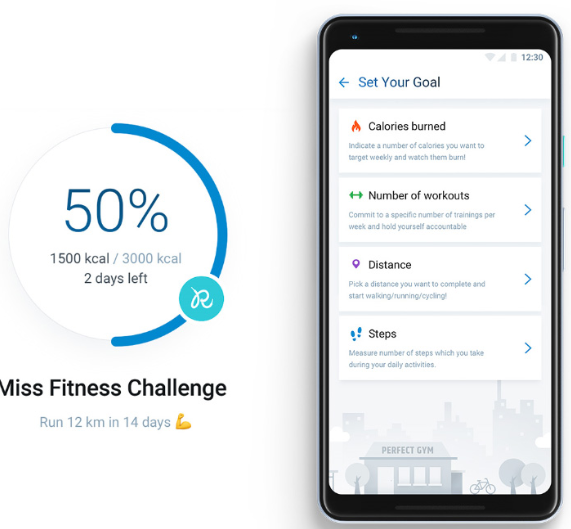
Enterprise gyms can build partnerships and integrations with these biometric fitness providers, in order to heighten and modernize the overall gym experience of their members.
This idea also works with automating access controls to a club. By integrating entry automation into a centrally accessible club management platform, a gym can become a 24-hour service. Customers do not need to plan their gym visits around opening time, nor do they have to rely on any front desk staff in order to work out, thus allowing members to take full control over their club experience.
Deliver Unique Fitness Experiences in Facility
The rise of biometric fitness wearables such as Fitbit, MyZr and MyZone, in order to elevate their fitness classes. Each member is given a heart rate monitor, which displays, in real-time the exertion and work rates of all class members on the studio screens.
In doing this, facilities can boast the use of cutting edge industry tools and allow their consumers to still explore their fitness on their own terms. By offering consumers more data, better results and personalized workouts, enterprises can achieve happier fitness members.
Unique Fitness Experiences out of Facility

Facilities can also start widening their horizons to provide a holistic offer which will tick many boxes for the fussy consumer of today.
For example, Partnering with other related communities and industries will give fitness clubs greater exposure to new demographics & offer greater value to them.
Fitness facilities are not just about giving consumers access to workout gear anymore. Fitness brands should be positioning themselves as the ‘mentors’ or ‘experts’ who will be there for the consumer inside and outside the gym.

For example, fitness experiences such as the Warrior Dash, offer high adrenaline, fun and intense races. By becoming involved in these types of road races, either by sponsoring the event or helping out operationally, fitness brands can get exposure to new demographics.
Empower Single-Site Facility Managers

Using smart technology and powerful computing, gyms can now invest in modern club management systems that empower managers to delegate tasks and automate labor-intensive facility processes.
With less operational responsibilities, gym managers will have the flexibility to work on the business and fitness side of maintaining and growing their club more effectively. However, advanced digital tools are an essential element in achieving this reality.
Simple Management Automation
By opting for modern club management solutions which allow the automation of administrative processes, fitness facility managers will be able to relieve their management difficulties.
For example, creating automation commission rules within a club management platform eliminates the need for bonuses to be manually calculated by facility managers. The system gathers all the information and totals the exact amount needed ready for the manager to pay out.
In addition, managers can also set up simple automated emails to be sent to members when they complete a certain online action, such as booking a class, cancelling a contract or changing their account details.
Not only does this automation save time, but it also heightens customer experiences as well as empowers facility managers to take initiatives to increase the performance of their club.
Site-level Reporting
Without fully understanding the overall performance of a gym, managers are running their facility blind, and this can lead to a downturn in performance.
Reports on individual franchise operations are important intell with which gyms can make impactful management decisions.
By accessing the metrics which answer a club’s performance inquiries, individual franchisees will be in a prime position to confidently change, optimize or continue their club management processes.
For example, member churn is an issue most gyms wrestle with, however distinguishing whether churn is threatening to a business or not can be difficult for gym managers to decide.
With a modern club management platform, facility owners can generate performance reports automatically, this allows them to watch their churn numbers on a regular basis with no extra labour needed.
This way, managers can understand their gym’s member churn fluctuations by looking for trends to distinguish whether their retention rate is an issue which requires intervention.
Payment Success
From a member perspective, paying membership fees must be safe, reliable and above all convenient.
The same applies to gym managers too. From a business perspective, processing member payments should be a simple, quick, and a 100% reliable affair. If franchise managers are having to detangle payment complaints, they are taking their attention off the bigger gym management picture.
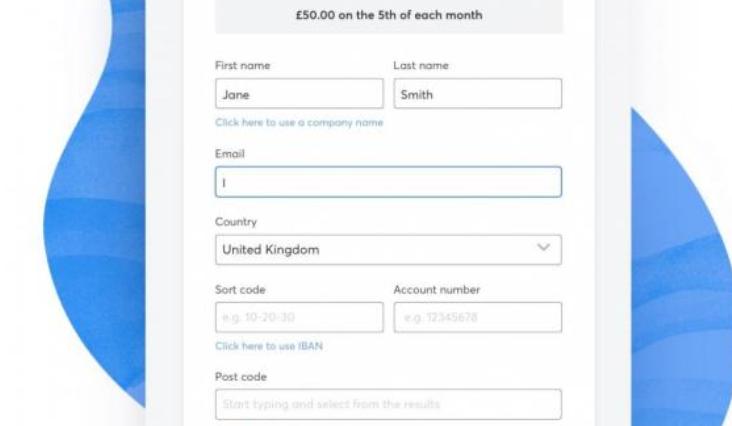
When gym owners have to work with local, untested or sub-par payment providers, this can lead to an increase in failed transactions for a gym. This hurts a gym’s customer satisfaction as well
as requires a manager to balance the books, chase for payments, or complain to payment providers.
The center of any functioning business depends on the smooth transaction of services for payments. Without this essential process locked down, gym managers have to deal with more issues for which they are not fully trained for.
Partnering with a reliable, customer-centric payment providers reduces the potential barrage of problems facility managers have to face, thus giving them more space to dream up and implement ideas which will enhance their member’s experiences.
By providing reliable 3rd party tools with which facilities can operate their business, corporate can put and end to firefighting and empower their gym managers to focus fully on their members’ satisfaction rates.
Supporting Master Franchisees
The vast gap between corporate headquarters and individual franchisees is managed by a fitness brand’s regional managers. These market-specific middle men offer a lifesaving bridge of communication between enterprises and gym managers. However, without the correct tools in place regional club managers can sometimes be left powerless when attempting to filter tasks to corporate. With the gauntlet left wide open, headquarters are then required to take on more of an operational burden than it should handle.
As a remedy to this, enterprises should afford their master franchisees more control by giving them access to a club management system which will allow them to carry out essential market-level processes.
Multi-Site Reporting
Owning a club management system that allows multi-site reporting can add an entirely new level of insight for regional managers. Rather than having to spend time conducting individual reporting meetings with gym managers, regional managers will have the power to suck data from the facility club management systems to consolidate it into territorial or market based reports.
With such reporting tool, regional leaders will have the opportunity to analyse and understand market level brand performance. Just as facility managers can view their own facility metrics, a regional manager can access the same stats, but for all clubs in their locale to compare club performance. In doing this, regional leaders will be more empowered to direct facility managers more successfully.
In addition to this, with the insight afforded by the market-level reporting, regional leaders can manage their corporate counterparts from the bottom up, gifting them with keen insight which can inform headquarter’s higher strategic decisions as well as remove the management burgen from headquarters in directing facility managers.
Royalty Payments
Simple to do, but on a global level monitoring a brand’s royalty income is a task which brings little value to corporate duties, but it provides a big impact on providing revenue for brands.
If fitness clubs work on a percentage based franchise model, then manually calculating the monthly royalties can be a time consuming task. However, with a club management platform that centralizes all market and global data, regional leaders can simply enter the royalty parameter to be calculated and allow the system to tell them each month what amount is due from which club.
By automating this process, corporations can hand off the process of managing the franchisee payments to their regional leader, allowing headquarters to have more time to focus on crafting global strategy.
Localized Digital Innovation
Understanding market trends puts regional managers in an optimum position to implement new-wave digital solutions.
As mentioned earlier, current consumer trends have shown us that fitness members are actively searching for unique, convenient and personal experiences.
Thanks to digital fitness innovation, fitness providers can deliver these experiences to consumers. Services like Pelaton, MyZone, and Mirror are all bringing home fitness solutions to the consumer.
The attraction to these digital fitness solutions is increasing for consumers, which is why it is important for gyms to integrate their facilities with the digital experiences which are trending in their particular markets.
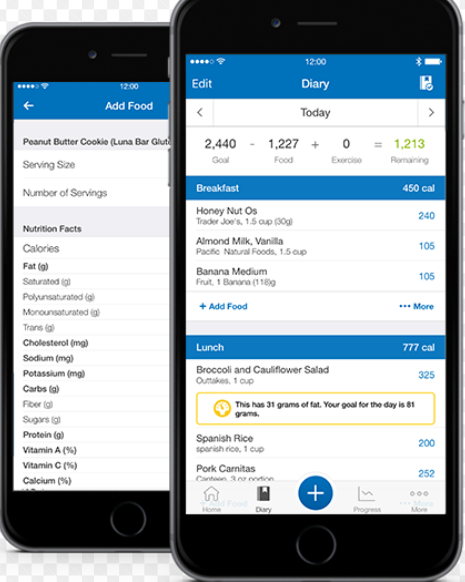
For example, in the US the nutritional tracker ‘My Fitness Pal’ has amassed 19 million users in the US. At a regional level, managers can integrate with the popular app in an enterprise brand’s app to merge the digital fitness experience within their own platform. This way members in the US can access all their fitness and nutritional information on one enterprise controlled platform.
Maintaining Corporate Control
With operations taking place in widely different markets, global corporations can unintentionally loosen their control and therefore become distanced from the inner workings of their gyms. As a result, enterprises run the risk of creating strategies that are impossible to implement on a franchise level.
A full understanding of the market and territory operations of a global brand is vital to scheme a company's future pursuits. Connectivity and digital control then become the lynchpin with which corporations can implement their strategic decisions directly.
Global Change Management
Before the introduction of digital in the fitness industry, enterprises had to rely on middle managers to relay their directions and tasks. Without control over the final result and the lack of ways to smoothly check these requests had been implemented, headquarters would have no immediate assurance their orders were being implemented.
With a centralized club management system, corporate headquarters of brands can directly change the parameters on which their franchises’ operate with a few clicks.
With master control over all club management systems, headquarters can kickstart the implementation of their agenda through changing parameters on all global systems. From changing access controls on a market by market level to introducing new pricing plans or setting up simple email automation, enterprises would no longer need to rely on middlemen to ensure their strategy is implemented.
The instant connectivity a central club management platform can afford enterprises allows them to streamline operations and smash corporate bottlenecks leading to quicker processes and therefore faster results.
Data Warehousing Global Metrics Management

Due to using disparate data sources, fitness club headquarters are required to dedicate an inordinate amount of time and money on manually compiling data sets, analyzing information and creating reports. Only then are global fitness chains able to draw data-driven conclusions about their business.
Not only does this create a huge operational burden on corporate data analysts, the time it takes to manually consolidate the data of global franchisees puts enterprise fitness brands at a significant disadvantage when attempting to execute their data insights before other global players.
To conquer and prevail in the fitness market, global fitness chains will need to reduce their software stacks into a single, accessible data hub. With this simplification, corporations will be able to develop a clear overview of their business performance.
Using one modern club management platform to build a data warehouse can revolutionize a fitness enterprise, allowing them to gather and compare market-level and global-level metrics easier. A data warehouse can connect all the separated franchises by pulling all of their data ready for headquarters to use.
Such information at the fingertips of enterprise leaders can help a brand gain accurate club performance overviews, craft business strategy and execute initiatives throughout corporate branches faster.
The Result: A Strong Global Fitness Brand
- Awareness
- Development
- Differentiator
- Do everything I say and you will dominate the earth!!!!!